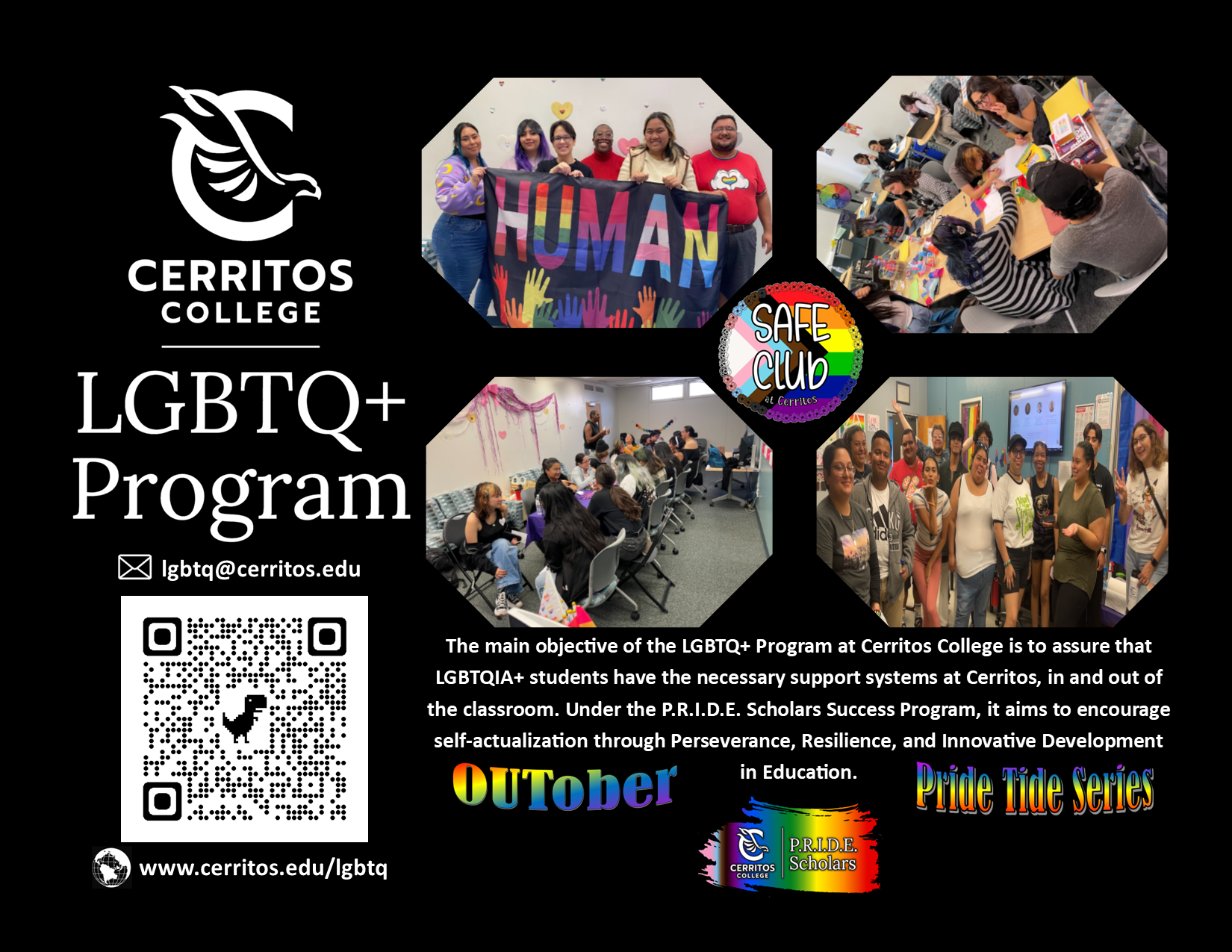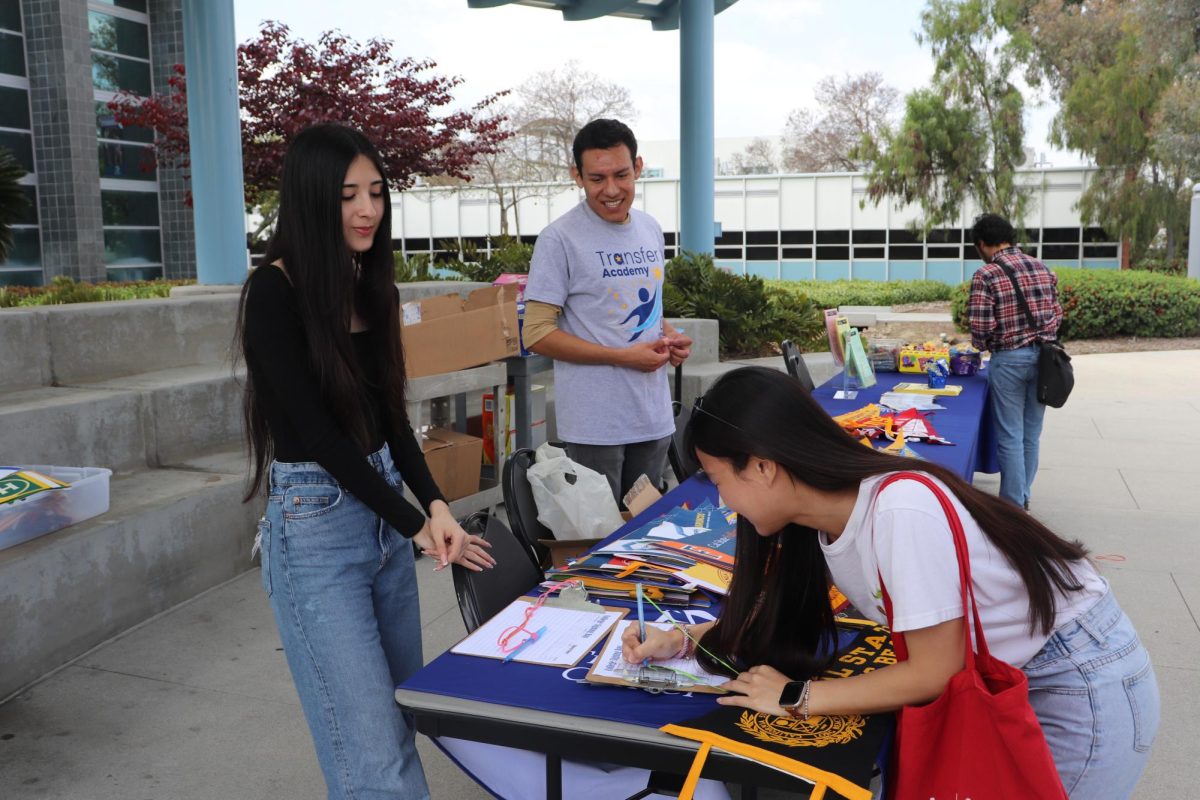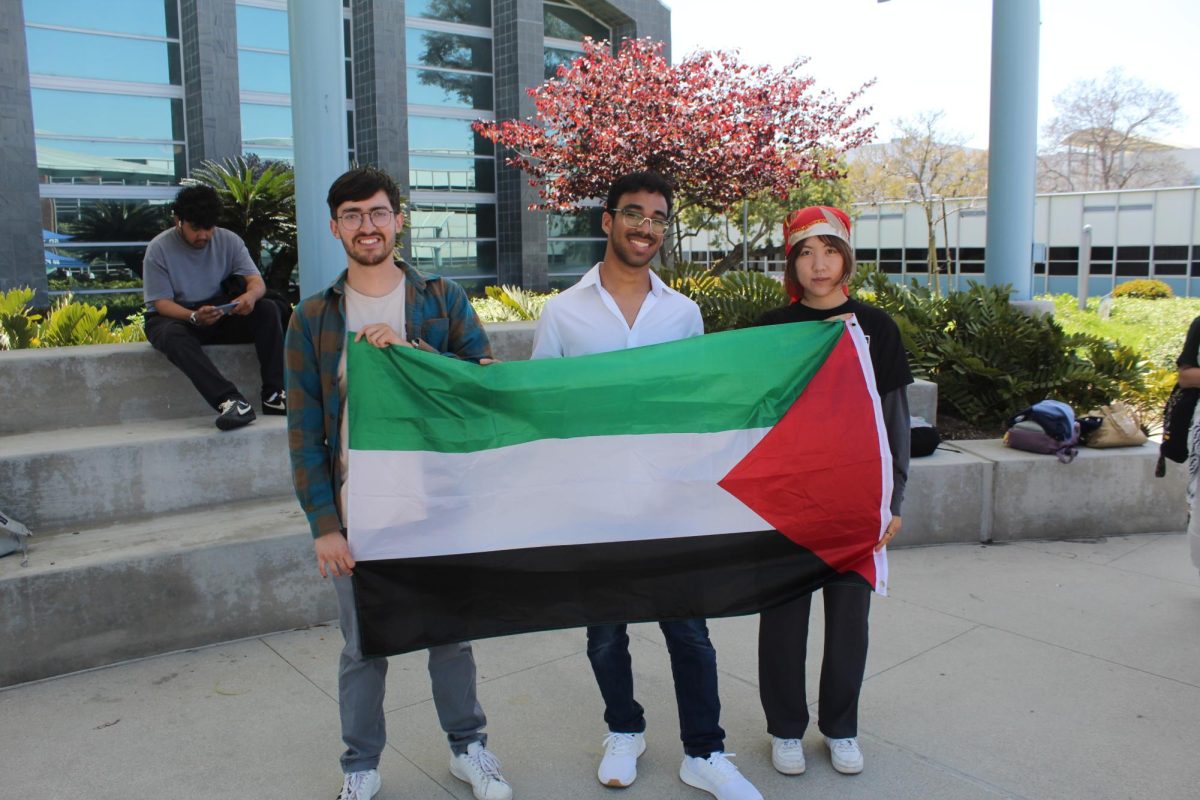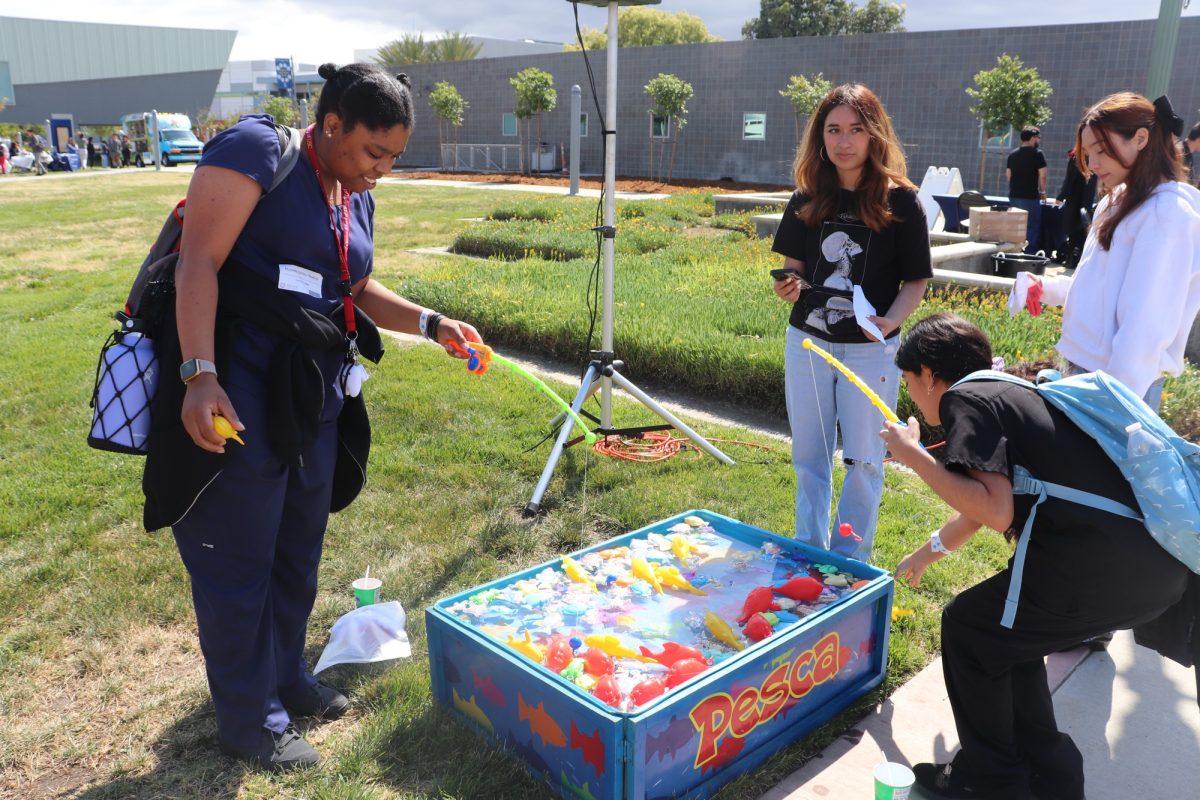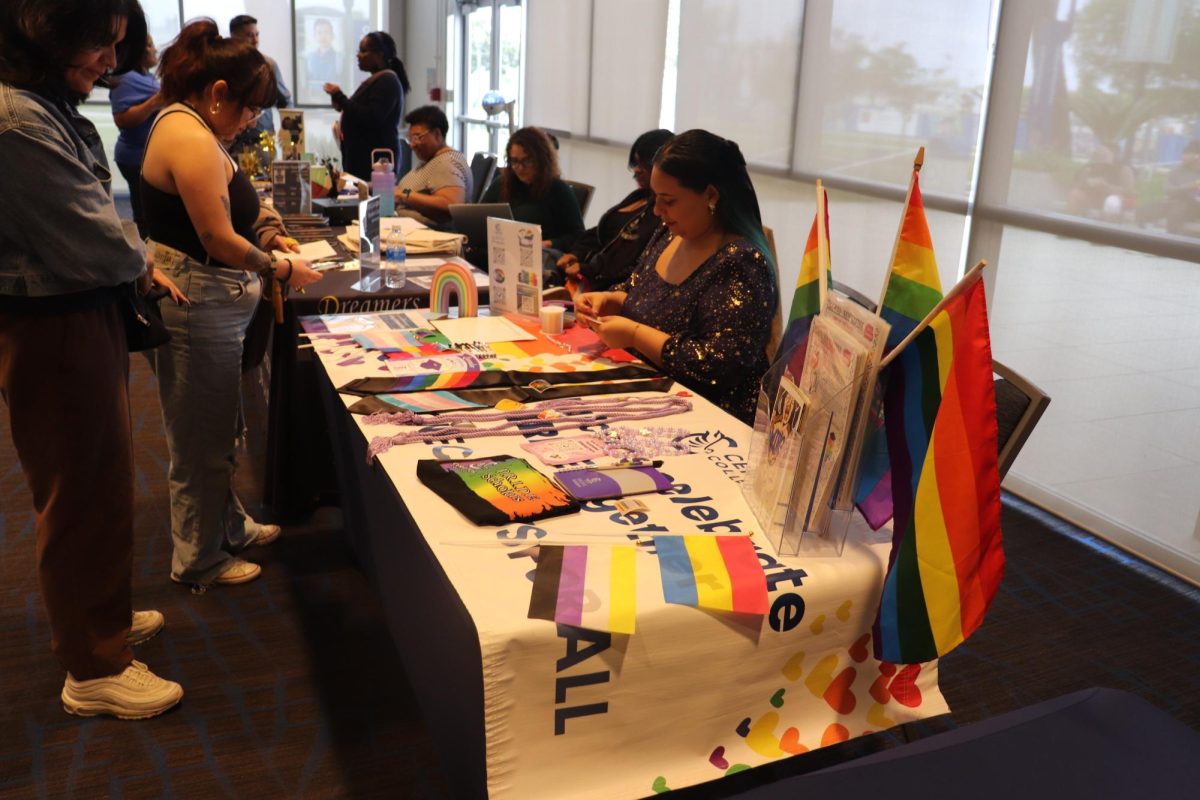“I did not experience a human face or see a green leaf, and my only company was cockroaches and mice.”
These are the words of a former prisoner, Constantino, whose story is told in the Amnesty International newsletter.
“The only daylight that entered my cell was through a small opening at the top of one wall. For eight months I had my hands and my feet tied.
“On Christmas Eve the door to my cell opened and the guard tossed in a crumpled piece of paper. I moved as best I could to pick it up.
“It said simply, ‘Constantino, do not be discouraged; we know you are alive.’ It was signed ‘Monica’ and had the Amnesty International candle on it.
“These words saved my life and my sanity. Eight months later, I was set free.”
Amnesty International USA, a nonprofit organization committed to “defending and promoting human rights worldwide” is currently asking “citizens of the world” to aid in their campaign.
There are two main ways one can get involved: donate money, or sign a “Message of Hope” card. AIUSA prefers that people do both.
The “Message of Hope” card is a small, plain, white card with no decoration save the Amnesty International candle in the lower right corner. On the inside, in five languages, it says, “Do not be discouraged you are not forgotten.”
The cards are distributed globally to prisoners facing torture or death because of their beliefs or identity.
Membership Program Coordinator for AIUSA, Christina Lindstrom explains the importance of the cards, “Letter writing is one of our primary tactics. The organization started with a letter writing campaign.”
The orgainization does use other tactics such as awareness raising events and protests but refards letter writning as a way people can “quietly but effectively” help.
What is significant about the cards, Lindstrom points out, is they are the only letters AI sends directly to the prisoner. Thousands of letters are written to government officials and prison keepers, but these cards are actually addressed to the prisoner.
Manager for Member Services Department for AIUSA, Jeffrey Outler explains that in addition to the emotional impact that the cards make the volume of the cards sent makes an impact as well.
“We send out an enormous amount to prisoners. Last year we had 50 prisoners in Egypt. We sent each one 500 cards. We try to send them out in large quantities. The impact is greater then just sending one out at a time.”
It is true that not every card will reach the prisoner. Lindstrom says, “We tell the local activists that we write them [the cards] in the hopes that will reach someone who needs to read them.”
The idea behind this is that even if the prisoner never sees the card someone somewhere along the line will have to read it and destroy it.
“When there are numerous letters the hope is that an official will have to deal with it,” Lindstrom said.
The newsletter explains that the letters help to convey to the jailers that, “they are no longer operating in secrecy.

